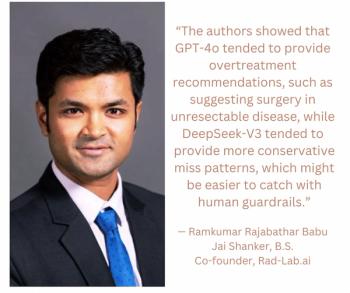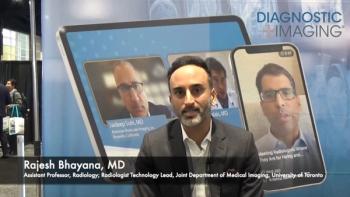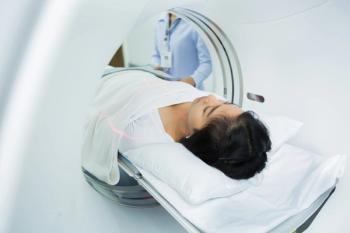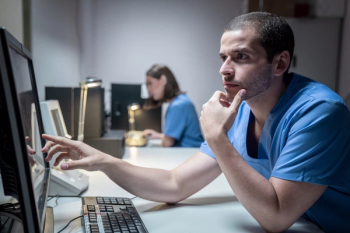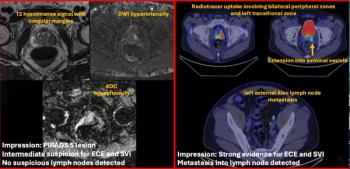
CT Radiation Exposure and Hematologic Cancers in Children: An Interview with Rebecca Smith-Bindman, MD
In a recent interview, Rebecca Smith-Bindman, M.D., discussed new research examining cumulative radiation exposure from imaging, its potential impact on the development of hematologic cancers in children, and keys to judicious imaging and radiation dosing.
New research published in the
For the multicenter retrospective study, researchers reviewed data from over 3.7 million children with a mean-follow-up of 10.1 years and found
“If a child has a dose of one to five mGy, the (relative) risk is about 1.4. If a child has a dose that's 15 to 20 mGy, the relative risk is 1.8 and if a child has a (dose) of 50 to 100 mGy, the relative risk is 3.6 so the risk goes up the more the exposure (to imaging radiation),” explained lead study author Rebecca Smith-Bindman, M.D., during a recent interview with Diagnostic Imaging.
After many years of declining CT use in pediatric populations, Dr. Smith-Bindman said CT scans have increased “pretty substantially” over the last few years with no new indications for CT scanning. While acknowledging that cancer risks are low in children overall, Dr. Smith-Bindman noted that low-value imaging continues to be a concern and emphasized that there is significant work to be done with respect to standardizing radiation dosing for children.
“While medical imaging remains an invaluable tool in pediatric care, our findings highlight the need to carefully balance its diagnostic benefits with potential long-term risks, particularly for radiation-based studies,” maintained Dr. Smith-Bindman, the director of the Radiology Outcomes Research Laboratory and a professor of epidemiology and biostatistics at the University of California, San Francisco (UCSF) School of Medicine.
(Editor’s note: For related content, see “
For more insights from Dr. Smith-Bindman, watch the video below.
Newsletter
Stay at the forefront of radiology with the Diagnostic Imaging newsletter, delivering the latest news, clinical insights, and imaging advancements for today’s radiologists.

